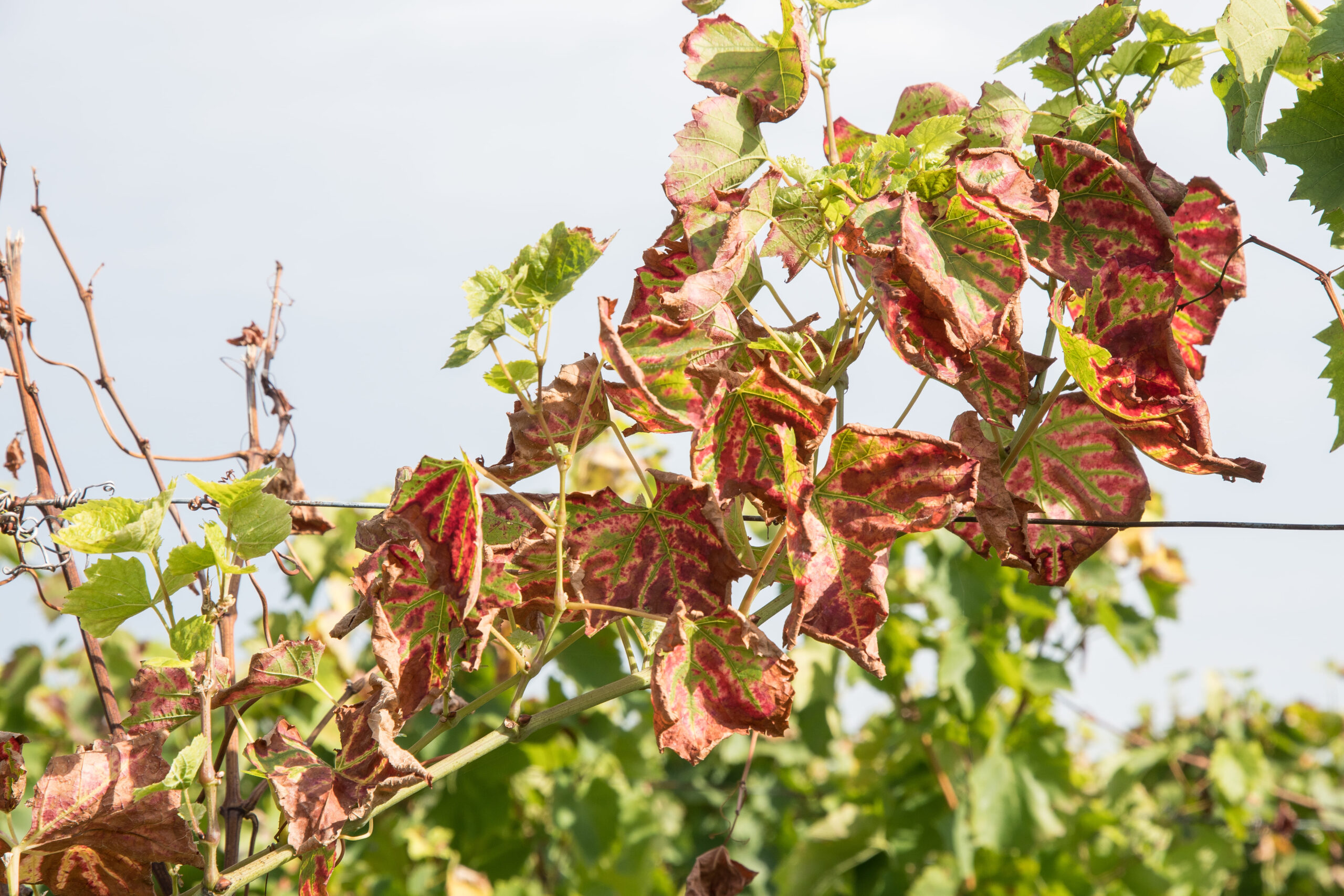Vinciane Monod (Agroscope, University of Neuchâtel) wins the 2025 OENO One Young Scientist Award!
Vinciane Monod (Agroscope, University of Neuchatel) has been awarded the 2025 OENO One Young Scientist Award for the original research article “Identifying the pedoclimatic conditions most critical in the susceptibility of a grapevine cultivar to esca disease” published in January 2025 on OENO One.
This research work was part of her PhD thesis.
👉 Present yourself
I conducted my thesis on esca dieback in grapevines, a complex and destructive disease affecting vineyards. I was affiliated with Agroscope, Switzerland’s applied agricultural research center. For this project, I had the valuable opportunity to work with a network of vineyards located across diverse pedoclimatic environments. This allowed me to explore unresolved questions related to varietal susceptibility and the environmental conditions that contribute to disease expression at the landscape scale. I am now continuing this research journey through a postdoctoral project, deepening our understanding of esca dieback.
🎯 What was the objective of your research study?
Esca is one of the most destructive grapevine trunk diseases, yet it remains poorly understood. The objective of this study was to identify the environmental factors that influence disease expression in a susceptible cultivar.

Esca foliar symptoms – Monod ©
Over four consecutive years, we collected annual epidemiological and physiological data from 19 vineyard plots distributed across four wine-growing regions in Western Switzerland. These data were compared with both short- and long-term climatic records obtained from nearby weather stations. In addition, we estimated the soil water-holding capacity for each plot.
Confounding factors were minimal because all vineyards were planted in 2003 with the same cultivar, and all vines were grafted in the same nursery using genetically homogeneous plant material.
🔍 What are the key results?
Our study uncovered several important findings about esca disease in grapevines:
- Environmental conditions matter: The same grape variety showed very different levels of disease depending on where it was grown. This means cultivar susceptibility isn’t fixed. It’s shaped by the local environment.
- Soil water retention is linked to vine mortality: Statistical analyses combining epidemiological, biotic, and pedoclimatic data showed a positive correlation between soil water-holding capacity and plant death caused by esca.
- Weather fluctuations influence symptoms: Leaf symptoms and apoplexy were more frequent when cold, wet periods were followed, or alternated, with hot, dry conditions. Apoplexy occurred more often when weather shifted abruptly (e.g., a cold and wet May followed by a hot June) and deviated strongly from long-term climate patterns.
- Climate can moderate soil effects: In warm and dry climates, the impact of soil water retention on disease expression was less pronounced, both across regions and specific years.
🍇 How could this study be of interest to winegrowers?
This research offers practical guidance for winegrowers and provides a framework for identifying environmental factors that influence grapevine trunk diseases in other grapevines cultivars.
When planting a susceptible grape variety, winegrowers can make more informed decisions about where to locate it. Our findings suggest that the more sensitive a cultivar is to esca, the more vulnerable it becomes in heavy soils (such as clay) and in areas without water limitations. By considering these environmental factors, growers can reduce the risk of severe disease expression and improve vineyard resilience.
📚 Why did you choose to publish in OENO One and what does Open Access mean to you as a young researcher?
OENO One is an excellent platform for sharing applied research in viticulture conducted under real-world conditions. The strong interest from professionals in the sector makes it an effective channel for reaching a relevant and engaged audience. Since our study led to practical recommendations for winegrowers, I felt that OENO One was a particularly suitable journal, with readers who would be receptive to our findings.
The Open Access format is essential for making science widely available. I truly value that my research is accessible to everyone (researchers, growers, and the broader public) without barriers.
💡 What’s next for your research on grapevine trunk diseases?
I’m currently investigating xylem vessel characteristics in a grapevine variety known to be susceptible to esca. The goal is to determine whether anatomical plasticity exists in the xylem, whether this plasticity reflects environmental conditions, and whether it can be linked to the incidence of esca. This approach aims to shed light on the physiological mechanisms underlying susceptibility.
A technical article, based on this research study, will be available in the following weeks on IVES Technical Reviews. Stay tuned!

